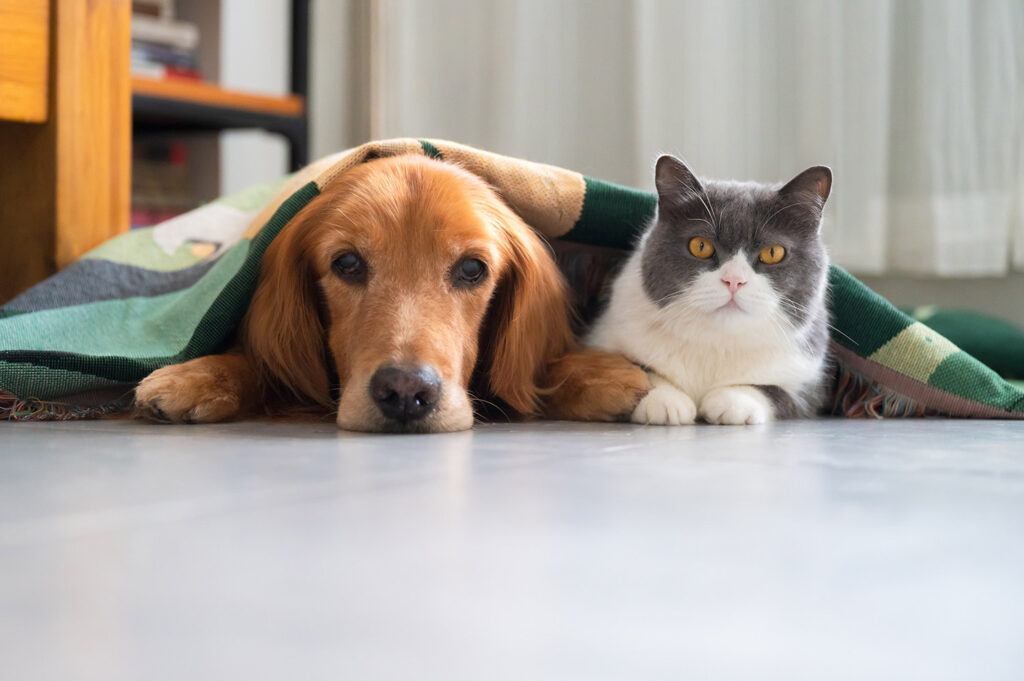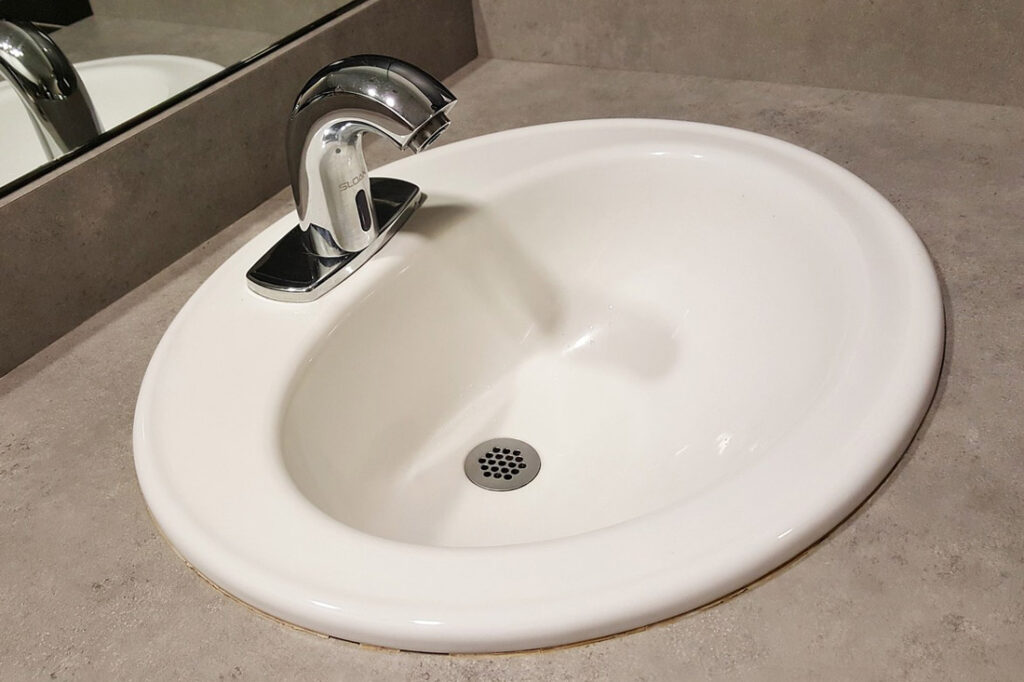If you have owned your cat from her birth, lucky you!
Many cat owners adopt their feline friends when they are a few weeks old, or even when they are adult cats already. I believe all of you would like to know how old your cat is – at least approximately.
I will explain one surprising way of knowing your cat’s age; her teeth! What do I mean with this? I mean that you can take a look at your cat’s teeth, and roughly say how old your cat is.
See, there is a cat teeth age chart that might come in handy to all cat owners. Although there is no way to tell the cat’s age with certainty of 100%, using this chart will give you an approximate answer.
How To Estimate Your Cat’s Age By Looking At Her Teeth?

Do you pay attention to your cat’s teeth? I hope you do, since this is an important part of overall pet care.
Let’s take a look at the chart below showing how your cat’s teeth indicate her age.
| Cat’s Age | Teeth State |
|---|---|
| Birth-2 weeks of age | Cat has no teeth |
| 2-4 weeks | Cat starts getting baby teeth (Total of 26 teeth) |
| 12 weeks | Cat starts losing her baby teeth |
| 3-7 months | Cat gets all her permanent teeth (Total of 30 teeth) |
| 1-2 year old | A cat should have all of her teeth, looking healthy and white, but, some might develop tartar build-up |
| 5-10 years | Some cats will struggle with dental disease |
| 10+ years | Many cats will have a missing tooth |
These are some general rules when it comes to cat’s teeth. Of course, exceptions are possible here; for example, a cat might develop a dental disease at a younger age than this chart implies.
Birth – 2 Weeks Of Age

When a kitten is just born, she will have no teeth.
The state with teeth will remain unchanged for the next two weeks.
Cat teeth age chart shows us that kittens are born without teeth. The first teeth that a cat gains are baby teeth, and they will usually start appearing when the cat is around 2 weeks old.
2-4 Weeks
In this period, a cat will get all of her baby teeth. A cat gets her incisors first, then canines, and premolars appear last.
Cats have a total of 26 baby teeth.
12 Weeks

When a cat is around 12 weeks old, she starts losing her baby teeth. After this, a cat’s baby teeth will be replaced by cat’s permanent teeth.
3-7 Months
For the next couple months, a cat will start getting her permanent teeth.
How does this teeth replacement happen with cats? Well, a permanent tooth starts to grow, and pushes the baby tooth, which becomes weak, and, eventually – falls out.
This is a period when you might find your cat’s baby teeth around the house. Also, some cats might even swallow these teeth while eating their meals.
A 7-months old will have a total of 30 permanent teeth – teeth that are essential for her health and wellbeing.
Cat’s 30 permanent teeth consist of 12 incisors, 4 canines, 10 premolars, and 4 molars.
1-2 Year Old

The simplest thing you can do approximately tell your cat’s age is – counting her teeth!
If your cat has 30 teeth, and all of her teeth are white, your cat is likely around 1 to 2 years old.
Most cats of this age should have healthy and good-looking teeth. However, some cats might be this young, but will still have tartar build-up. This usually happens due to bad dental care.
5-10 Years

If your cat has yellowing on one or more of her teeth, she is likely an older adult – probably around 5 years or even older.
Cats between 5 and 10 years of age might also struggle with dental disease.
Some of the most common signs of dental problems in cats are following:
• refusal to eat
• bleeding from mouth cavity
• change in gum color (learn more in our cat gum color chart)
• weight loss
• hiding behavior, lethargy, or even aggressive behavior
Two most common types of dental disease in cats are tooth resorption and periodontal disease. Younger cats might also develop one of these diseases, but they are far more likely in older cats.
10+ Years
A missing tooth (or more than just one) usually indicates that a cat is older than 10 years.
It is common for older cats to have tartar buildup, a dental disease, or missing teeth.
You can avoid this scenario by regularly brushing your cat’s teeth. This is an equally important step for your cat’s general health throughout her entire life.
Why Is Cat’s Dental Care Important?

Dental health is crucial for a cat’s overall health, since bacteria from cat’s teeth and oral cavity might spread to cat’s kidneys, liver, and even heart, causing more severe health problems.
All cat owners should be aware how important it is to take good care of their cats’ permanent teeth, since, just like humans, cats might develop dental diseases.
Journal Animals published a study [1] of dental problems knowledge and perceptions among cat owners. Results showed how only 47% of the owners perform preventive oral health measures with their cats.
I hope this number will increase in future! Regular dental care is the crucial way of preventing dental disease in cats.
Many cats will not be fans of this routine, so the ideal scenario would be to start with the teeth brushing from the moment your cat comes to your home.
Take a look at the video below that shows how to brush a cat’s teeth.
Unfortunately, some cats will still develop dental disease, despite regular teeth brushing. This is due to genetics – some cats will simply have bad teeth. This is why, in some cases, a cat might be younger than her teeth indicate.
Still, dental care should be a regular part of your cat’s care. Remember that cats’ permanent teeth should last their entire life!
References:
[1] Oskarsson, K, Puurtinen, LA, Penell, JC: Dental Problems and Prophylactic Care in Cats—Knowledge and Perceptions among Swedish Cat Owners and Communication by Veterinary Care Staff. Animals (Basel). 2021 Sep; 11(9): 2571. DOI, Retrieved March 13, 2023.





